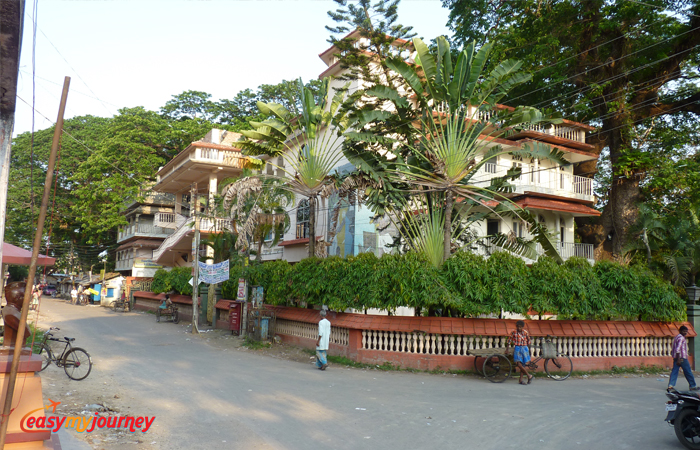Located in the outskirts of Kolkata, West Bengal, Barasat is the district headquarters of the North 24 Parganas. Forming a part of Kolkata Metropolitan Development Authority, this city is situated within the area of Greater Calcutta. Geographically, the city is located between the coordinates 22.23°N and 88.45°E. Situated in the Ganges Brahmaputra delta region, the city is famous for production of Himsagar mangos.
Barasat was home to a college, which was meant for the training of European cadets in the early 19th century. From 1834 to 1861, Barasat was a district and the seat of a joint-magistrate. After the abolishment of magistracy in 1861, the destination became a sub-division of the 24 Parganas district. In 1831, Barasat witnessed Ferazee disturbance, which is a movement against British dominion in India. This movement was headed by Syed Ahmed and his disciples like Syed Mir Niser Ali, popularly known as Titumir.
This first Nilkuthi, which was the establishments of English settlers, who started the cultivation of indigo dye, was in this city. Today, the city has emerged as an urban setup in the close vicinity of Kolkata. Economy of the city is dependent upon the trading of rice, legumes, sugarcane, potatoes, and coconuts. One of the major industry in Barasat is of cotton weaving, which employees most of the residents of the city.
Over the years, the cultural diversity of Barasat has increased due to the migration of people from Bangladesh. However, the local community continues to follow the Bengali culture, which is typical of manifestations like drama, dance, recitation and classical music. Main event celebrated in the city is Kali Puja, which is dedicated to Goddess Kali. This festival is celebrated on the new day of the Hindu month Ashwin and is one of the major attractions of the city. To honour the Muslim saint, Hazrat Ekdil Shah, an annual fair is also organised is the city.
Historical sites like the Bungalow of Lord Hastings and the Bungalows of Magistrates of 24 Parganas are the main tourist attractions of the city. The site where Maharaja Nandakumar was hanged is frequented by tourists visiting Barasat. Additionally, the site of the Ferazee Rebellion revolt against the English East India Company, is also popular. Reflecting the cultural heritage of the city, Kamakhhya Temple and Amdanga Kalibari are the main religious sites.
Best Time to Visit Barasat
Best time to visit this city is during winter season, which lasts from October to February.
How to Reach Barasat?
By Air : The closest airport to Barasat is Kolkata’s Netaji Subhashchandra Bose International airport with connections to major Indian cities and many overseas destinations.
By Rail : Barasat can be accessed by road via State Highway 34 and VIP Road from Kolkata and is a 25 kilometers from the capital.
By Road : Barasat can be accessed by road via State Highway 34 and VIP Road from Kolkata and is a 25 kilometers from the capital.

